COMPANY NEWS
Essex Bio-technology Entered into Convertible Notes Purchase Agreement and License Agreement with DB Therapeutics
2018.10.30
Download
Hong Kong, 30 October 2018
Essex Bio-Technology Limited (“EssexBio” or the “Group” –Stock Code:1061) is pleased to announce that Essex Bio-Investment, a wholly-owned subsidiary of the Group, and DB Therapeutics (“DBT”), an early stage medical device company in Binghamton, USA, entered into the Convertible Notes Purchase Agreement and License Agreement. Both agreements provide the Group an opportunity to have a significant interest in DBT’s radioactive bandages for the treatment of non-melanoma skin cancer (NMSC), its core product, Holmium-166(166 Ho) based radioactive bandages (Curiwrap) (the “Products”) and future products.
The investment is in line with the Group’s strategic development plan in dermatology and oncology.
Convertible Notes Purchase Agreement (“CN Purchase Agreement”)
Pursuant to the CN Purchase Agreement, Essex Bio-Investment conditionally agree to subscribe for, and DBT conditionally agreed to issue, a series of the convertible notes in an aggregate principal amount not to exceed US$4,500,000 (equivalent to approximately HK$35,278,200), with each tranche bearing an interest rate of 5% per annum and maturing on 31 July 2022. Assuming convertible notes in the principal amount of US$4,500,000 are issued and the conversion rights are exercised in full, it shall represent 45% of the DBT stock on a fully diluted basis.
License Agreement
Essex Bio-Investment will be granted an exclusive license to market, sell and distribute the Products (the “Licensed Products”) in the Territory (including the Greater China, Australia, New Zealand, Korean and Japan) and use the Technology in connection thereto, subject to payment of royalty levied on net sales of the Licensed Products in the Territory.
"Our investment into DB Therapeutics is our first foray into nuclear medicine, complementing our dermatology and oncology research activities", said Malcolm Ngiam, President of Essex Bio- Investment. “Essex Bio-Technology looks forward to contributing to the pre-clinical research at DB Therapeutics, towards a clinical stage product."
Anthony J. Di Pasqua, President and Co-founder of DB Therapeutics, said: "DB Therapeutics is excited to work with Essex Bio-Technology to continue developing our ideas and help translate them into the clinic, where they can have a meaningful impact on global health."
About DB Therapeutics
DB Therapeutics, Inc. is an early stage medical device company focusing on the development of radioactive bandages for the treatment of non-melanoma skin cancer (NMSC), such as basal cell carcinoma (BCC), squamous cell carcinoma (SCC), cutaneous lymphoma, Kaposi sarcoma, Merkel cell carcinoma, etc. Its core product, Holmium-166(166 Ho) based radioactive bandages (Curiwrap), provides a convenient and efficient way to treat localized skin cancer patients, as compared to surgical interventions, external beam radiation therapy and electronic brachytherapy. Curiwrap can be used in a small, clinic-based setting and will be available in a ready-to-use format for physicians.
About Radiotherapy Market
The global radiotherapy market is expected to reach 9.3 billion USD by 2024, at a CAGR of 7.5% in the forecast period 2017 to 2024 i . Among which, North America is the most important area, ruling the international radiotherapy device market by means of profits in the past few years, and Western Europe comes second. For nations in some of the emerging markets, the market size is tiny because of the scarcities of apparatus and critical equipment proficiency of supplying greater accuracy conformal treatments. However, with the aging populations and increasing number of cancer patients, as well as the increasing supply of cancer treatment expertise, especially in China and Japan, the corresponding market size will witness an accelerated growth in the years to come.
About Skin Cancer
Skin Cancer is the most common form of cancer in the Caucasian population. Approximately 40% to 50% of Americans of age 65 or greater will have either BCC or SCC at least once. Exposure to ultraviolet (UV) radiation from the sun is a leading cause of NMSC (approximately 90% of the cases). Tanning is another major cause of the skin cancer and more than 419,000 cases are linked to indoor in the USii.
The skin cancers are largely categorised in two types: melanoma and non-melanoma. The melanomas are more aggressive and comprise of about 1% of all skin cancers but causes the vast majority of deaths. Non- melanoma Skin Cancers (NMSCs) are a more common type of cancer and are mainly of two types: basal cell carcinoma (BCC) and squamous cell carcinoma (SCC). Approximately 5.4 million cases of NMSC are treated in the US annuallyiii. The annual direct cost of treating skin cancers in the U.S. is estimated at $8.1 billion, approximately $4.8 billion for NMSC and $3.3 billion for melanomaiv.Basel cell carcinoma (BCC) is the most common form of NMSC. An estimated 4.3 million cases of BCC are diagnosed in the U.S. each yearv, resulting in more than 3,000 deathsvi. Meanwhile, BCC is the most common cancer in Caucasians, Hispanics, Chinese Asians and the Japanesevii.
About Curiwrap
As a 166Ho based radioactive bandage, Curiwrap can be applied externally on the skin for radiation therapy, which offers a convenient way to treat patients with radiation and does not require any sophisticated instrumentation. It also allows for the treatment of multiple skin lesions at the same time in an outpatient setting and reduces the overall cost of the treatment. Unlike injectable radioactive agents, these bandages are safe and have less toxicity concerns.
The bandages are made with non-radioactive Ho-containing garnet (HoIG) nanoparticles, incorporated in polyacrylonitrile fibers and electrospun to form free-standing nonwoven, non-radioactive fiber mats. These fiber mats can be cut into desired sizes or standard pre-determined sizes and made radioactive by neutron-activation of Ho to 166Ho.
166Ho-based radioactive bandages were tested in a skin cancer animal model and found to significantly reduce tumor growth. The company plans to further test these bandages in animals for safety and human clinical trials for safety and efficacy. A patent for the technology underlined in Curiwrap has been filed in January 2015.
Essex Bio-Technology Limited (“EssexBio” or the “Group” –Stock Code:1061) is pleased to announce that Essex Bio-Investment, a wholly-owned subsidiary of the Group, and DB Therapeutics (“DBT”), an early stage medical device company in Binghamton, USA, entered into the Convertible Notes Purchase Agreement and License Agreement. Both agreements provide the Group an opportunity to have a significant interest in DBT’s radioactive bandages for the treatment of non-melanoma skin cancer (NMSC), its core product, Holmium-166(166 Ho) based radioactive bandages (Curiwrap) (the “Products”) and future products.
The investment is in line with the Group’s strategic development plan in dermatology and oncology.
Convertible Notes Purchase Agreement (“CN Purchase Agreement”)
Pursuant to the CN Purchase Agreement, Essex Bio-Investment conditionally agree to subscribe for, and DBT conditionally agreed to issue, a series of the convertible notes in an aggregate principal amount not to exceed US$4,500,000 (equivalent to approximately HK$35,278,200), with each tranche bearing an interest rate of 5% per annum and maturing on 31 July 2022. Assuming convertible notes in the principal amount of US$4,500,000 are issued and the conversion rights are exercised in full, it shall represent 45% of the DBT stock on a fully diluted basis.
License Agreement
Essex Bio-Investment will be granted an exclusive license to market, sell and distribute the Products (the “Licensed Products”) in the Territory (including the Greater China, Australia, New Zealand, Korean and Japan) and use the Technology in connection thereto, subject to payment of royalty levied on net sales of the Licensed Products in the Territory.
"Our investment into DB Therapeutics is our first foray into nuclear medicine, complementing our dermatology and oncology research activities", said Malcolm Ngiam, President of Essex Bio- Investment. “Essex Bio-Technology looks forward to contributing to the pre-clinical research at DB Therapeutics, towards a clinical stage product."
Anthony J. Di Pasqua, President and Co-founder of DB Therapeutics, said: "DB Therapeutics is excited to work with Essex Bio-Technology to continue developing our ideas and help translate them into the clinic, where they can have a meaningful impact on global health."
About DB Therapeutics
DB Therapeutics, Inc. is an early stage medical device company focusing on the development of radioactive bandages for the treatment of non-melanoma skin cancer (NMSC), such as basal cell carcinoma (BCC), squamous cell carcinoma (SCC), cutaneous lymphoma, Kaposi sarcoma, Merkel cell carcinoma, etc. Its core product, Holmium-166(166 Ho) based radioactive bandages (Curiwrap), provides a convenient and efficient way to treat localized skin cancer patients, as compared to surgical interventions, external beam radiation therapy and electronic brachytherapy. Curiwrap can be used in a small, clinic-based setting and will be available in a ready-to-use format for physicians.
About Radiotherapy Market
The global radiotherapy market is expected to reach 9.3 billion USD by 2024, at a CAGR of 7.5% in the forecast period 2017 to 2024 i . Among which, North America is the most important area, ruling the international radiotherapy device market by means of profits in the past few years, and Western Europe comes second. For nations in some of the emerging markets, the market size is tiny because of the scarcities of apparatus and critical equipment proficiency of supplying greater accuracy conformal treatments. However, with the aging populations and increasing number of cancer patients, as well as the increasing supply of cancer treatment expertise, especially in China and Japan, the corresponding market size will witness an accelerated growth in the years to come.
About Skin Cancer
Skin Cancer is the most common form of cancer in the Caucasian population. Approximately 40% to 50% of Americans of age 65 or greater will have either BCC or SCC at least once. Exposure to ultraviolet (UV) radiation from the sun is a leading cause of NMSC (approximately 90% of the cases). Tanning is another major cause of the skin cancer and more than 419,000 cases are linked to indoor in the USii.
The skin cancers are largely categorised in two types: melanoma and non-melanoma. The melanomas are more aggressive and comprise of about 1% of all skin cancers but causes the vast majority of deaths. Non- melanoma Skin Cancers (NMSCs) are a more common type of cancer and are mainly of two types: basal cell carcinoma (BCC) and squamous cell carcinoma (SCC). Approximately 5.4 million cases of NMSC are treated in the US annuallyiii. The annual direct cost of treating skin cancers in the U.S. is estimated at $8.1 billion, approximately $4.8 billion for NMSC and $3.3 billion for melanomaiv.Basel cell carcinoma (BCC) is the most common form of NMSC. An estimated 4.3 million cases of BCC are diagnosed in the U.S. each yearv, resulting in more than 3,000 deathsvi. Meanwhile, BCC is the most common cancer in Caucasians, Hispanics, Chinese Asians and the Japanesevii.
About Curiwrap
As a 166Ho based radioactive bandage, Curiwrap can be applied externally on the skin for radiation therapy, which offers a convenient way to treat patients with radiation and does not require any sophisticated instrumentation. It also allows for the treatment of multiple skin lesions at the same time in an outpatient setting and reduces the overall cost of the treatment. Unlike injectable radioactive agents, these bandages are safe and have less toxicity concerns.
The bandages are made with non-radioactive Ho-containing garnet (HoIG) nanoparticles, incorporated in polyacrylonitrile fibers and electrospun to form free-standing nonwoven, non-radioactive fiber mats. These fiber mats can be cut into desired sizes or standard pre-determined sizes and made radioactive by neutron-activation of Ho to 166Ho.
166Ho-based radioactive bandages were tested in a skin cancer animal model and found to significantly reduce tumor growth. The company plans to further test these bandages in animals for safety and human clinical trials for safety and efficacy. A patent for the technology underlined in Curiwrap has been filed in January 2015.
i Global Radiotherapy Market-Industry Trends and Forecasts to 2024
ii Wehner MR, Chren MM, Nameth D, et al. International prevalence of indoor tanning: a systematic review and meta- analysis. JAMA Dermatol 2014; 150(4):390-400. doi:10.1001/jamadermatol.2013.6896.
iii Rogers HW, Weinstock MA, Feldman SR, Coldiron BM. Incidence estimate of nonmelanoma skin cancer (keratinocyte carcinomas) in the US population, 2012. JAMA Dermatol 2015; 151(10):1081-1086.
iv Guy GP, Machlin SR, Ekwueme DU, Yabroff KR. Prevalence and costs of skin cancer treatment in the U.S., 2002-2006 and 2007-2011. Am J Prev Med 2014; 104(4):e69-e74. doi:dx.doi.org/10.1016/j.amepre.2014.08.036.
v What are basal and squamous cell skin cancers? American Cancer Society. http://www.cancer.org/cancer/skincancer- basalandsquamouscell/detailedguide/skin-cancer-basal-and-squamous-cell-what-is-basal-and-squamous-cell. Accessed January 31, 2018.
vi Mohan SV, Chang AL. Advanced basal cell carcinoma: epidemiology and therapeutic innovations. Curr Dermatol Rep
2014; 3(1): 40-45. doi:10.1007/s13671-014-0069-y.
vii Gloster HM, Neal K. Skin cancer in skin of color. J Am Acad Dermatol 2006; 55:741-60.
ii Wehner MR, Chren MM, Nameth D, et al. International prevalence of indoor tanning: a systematic review and meta- analysis. JAMA Dermatol 2014; 150(4):390-400. doi:10.1001/jamadermatol.2013.6896.
iii Rogers HW, Weinstock MA, Feldman SR, Coldiron BM. Incidence estimate of nonmelanoma skin cancer (keratinocyte carcinomas) in the US population, 2012. JAMA Dermatol 2015; 151(10):1081-1086.
iv Guy GP, Machlin SR, Ekwueme DU, Yabroff KR. Prevalence and costs of skin cancer treatment in the U.S., 2002-2006 and 2007-2011. Am J Prev Med 2014; 104(4):e69-e74. doi:dx.doi.org/10.1016/j.amepre.2014.08.036.
v What are basal and squamous cell skin cancers? American Cancer Society. http://www.cancer.org/cancer/skincancer- basalandsquamouscell/detailedguide/skin-cancer-basal-and-squamous-cell-what-is-basal-and-squamous-cell. Accessed January 31, 2018.
vi Mohan SV, Chang AL. Advanced basal cell carcinoma: epidemiology and therapeutic innovations. Curr Dermatol Rep
2014; 3(1): 40-45. doi:10.1007/s13671-014-0069-y.
vii Gloster HM, Neal K. Skin cancer in skin of color. J Am Acad Dermatol 2006; 55:741-60.



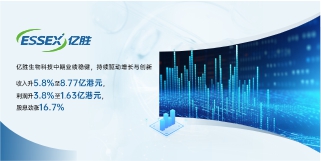

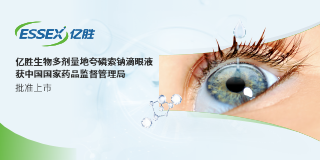
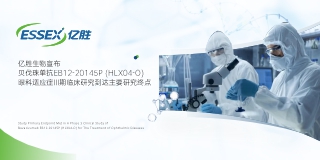
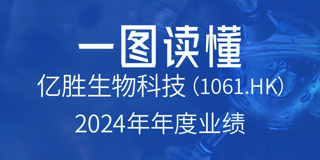
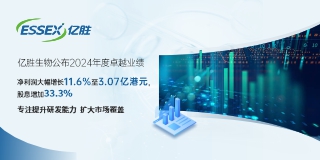
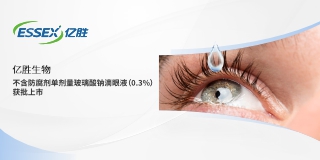

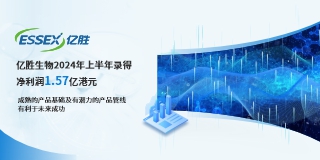






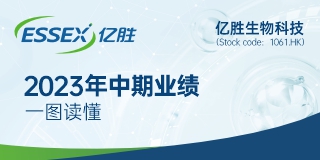

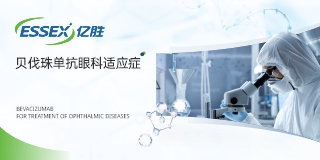







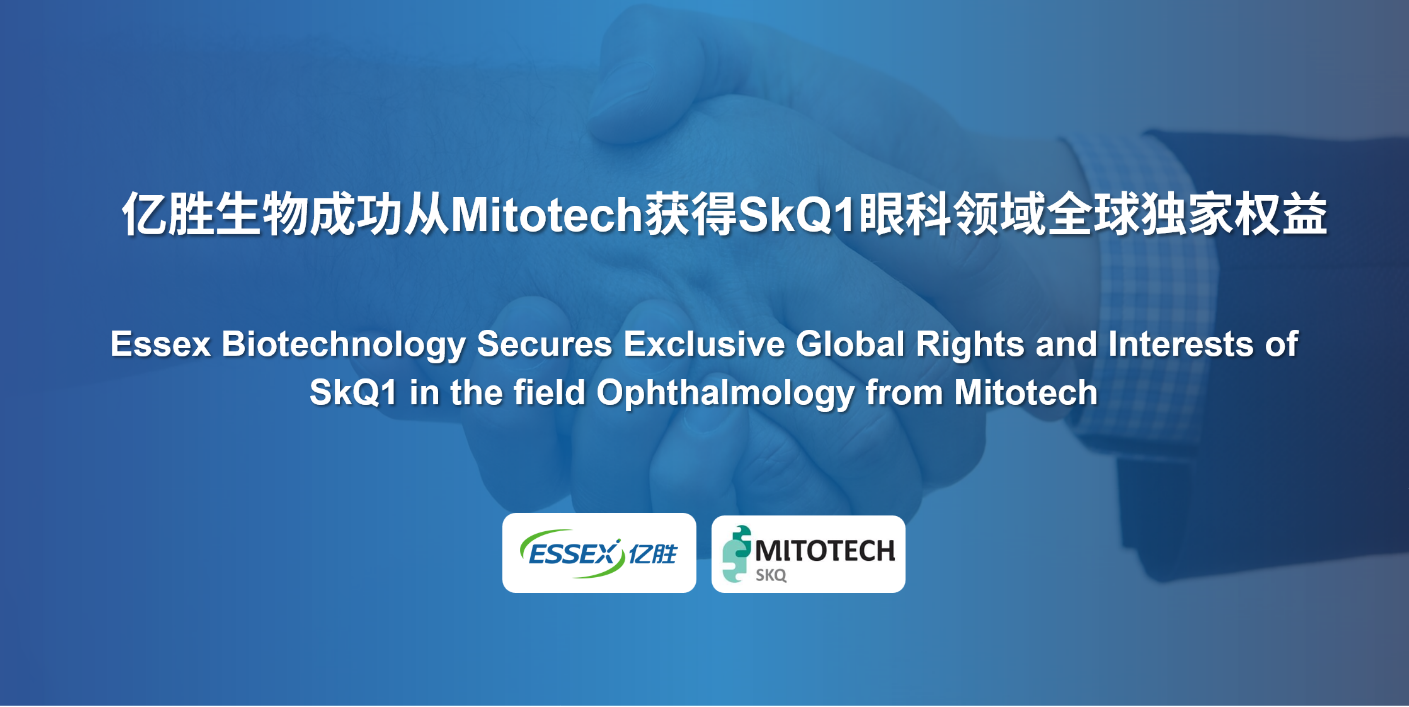




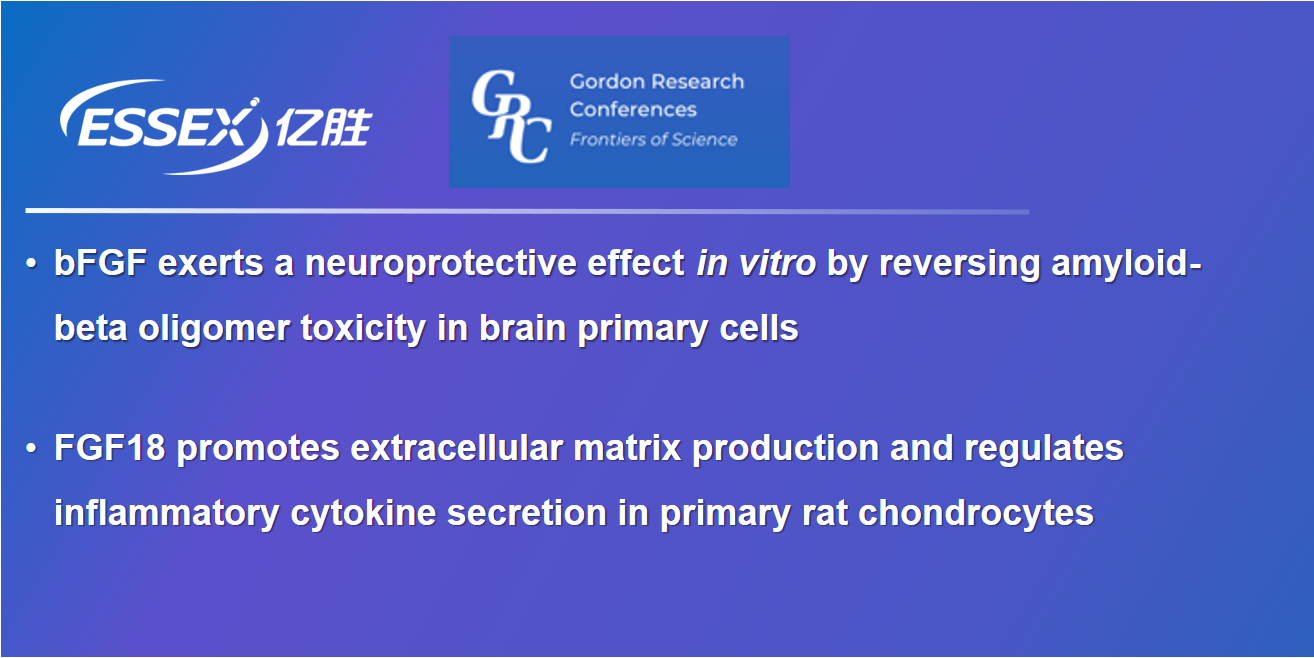








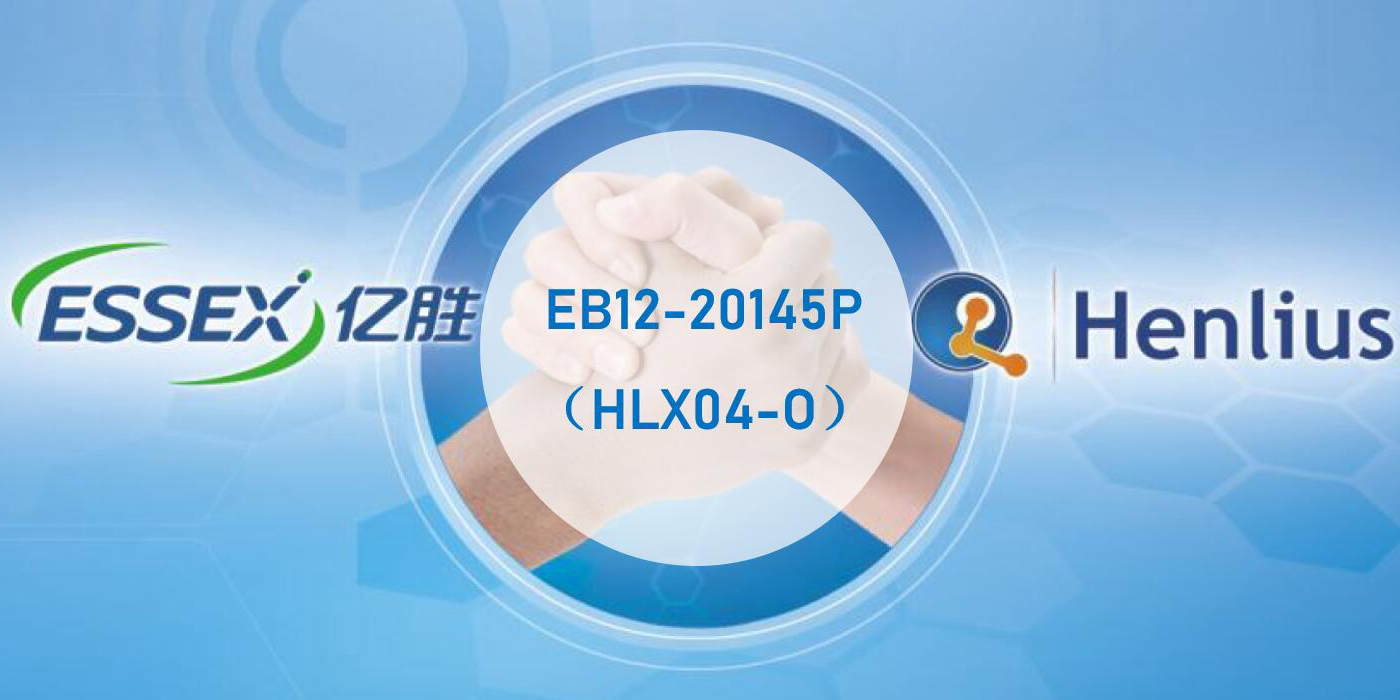

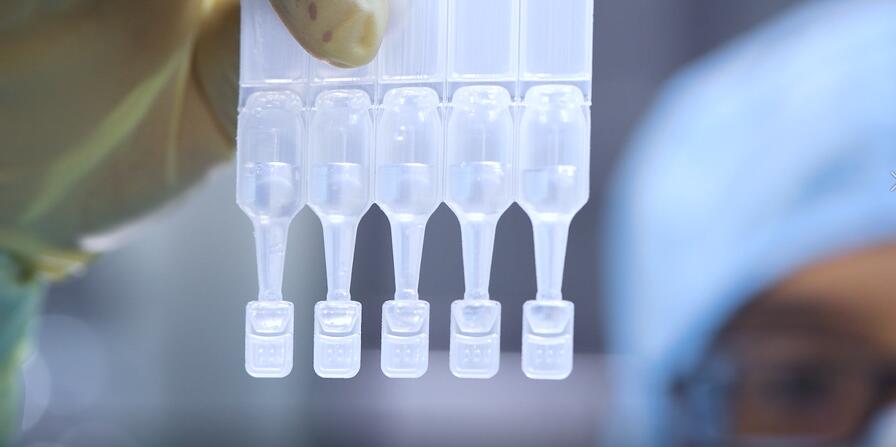

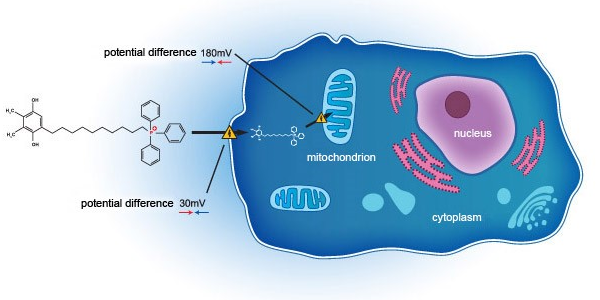




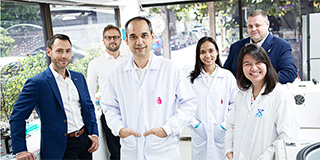

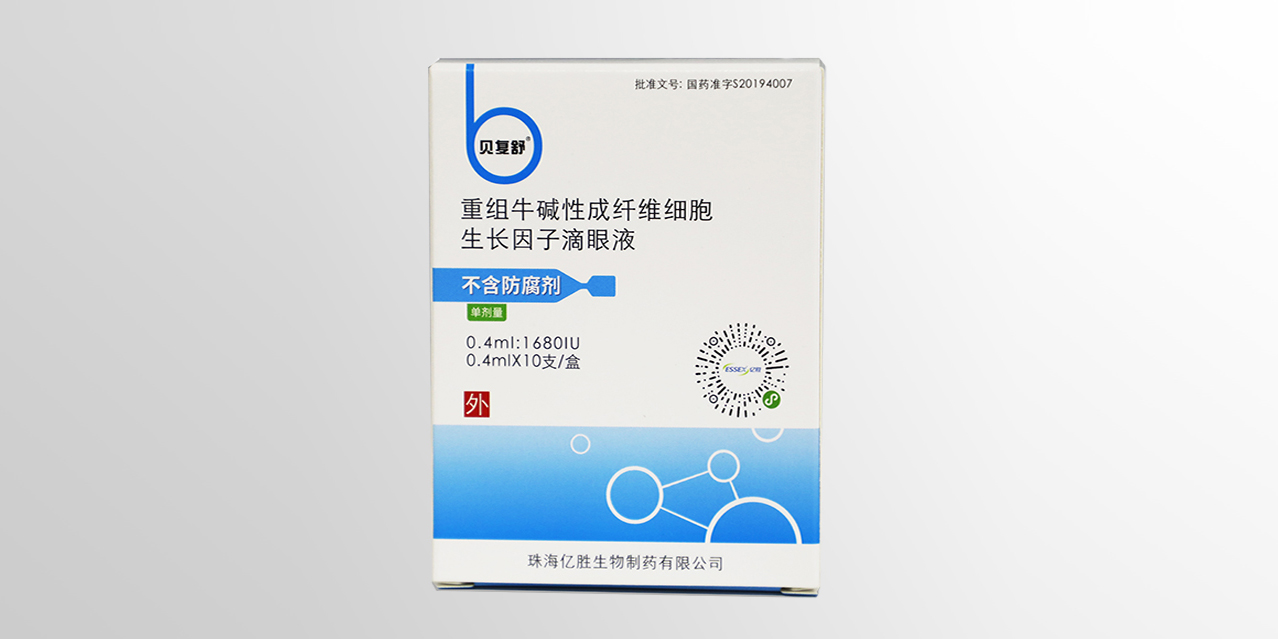



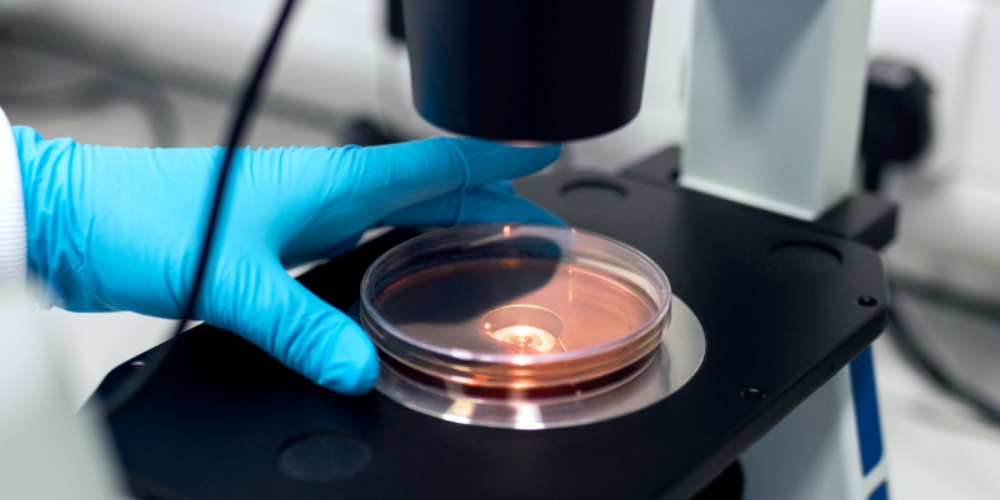
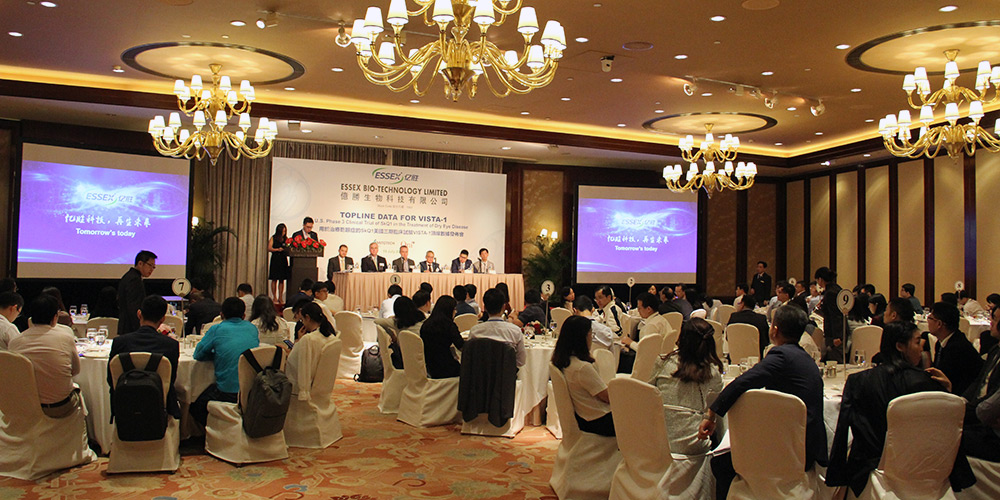
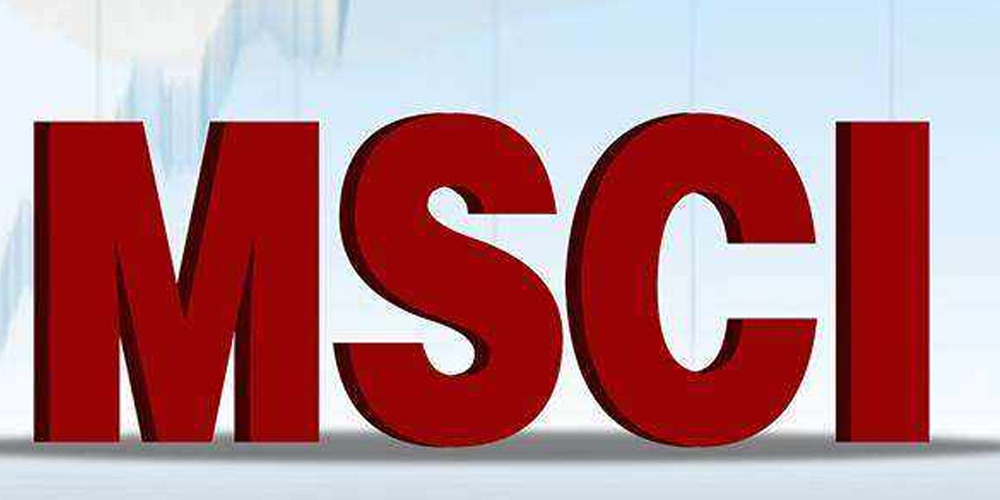

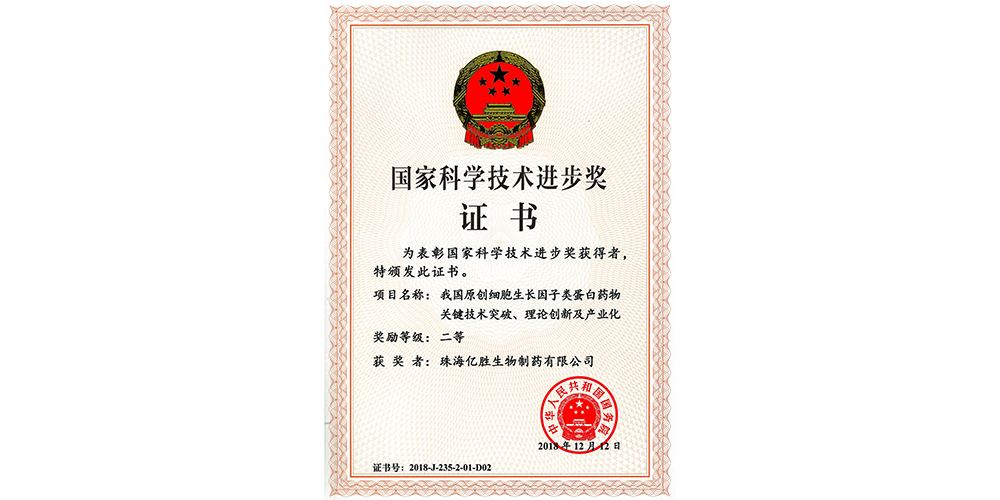

 粤公网安备 44049102496184号
粤公网安备 44049102496184号